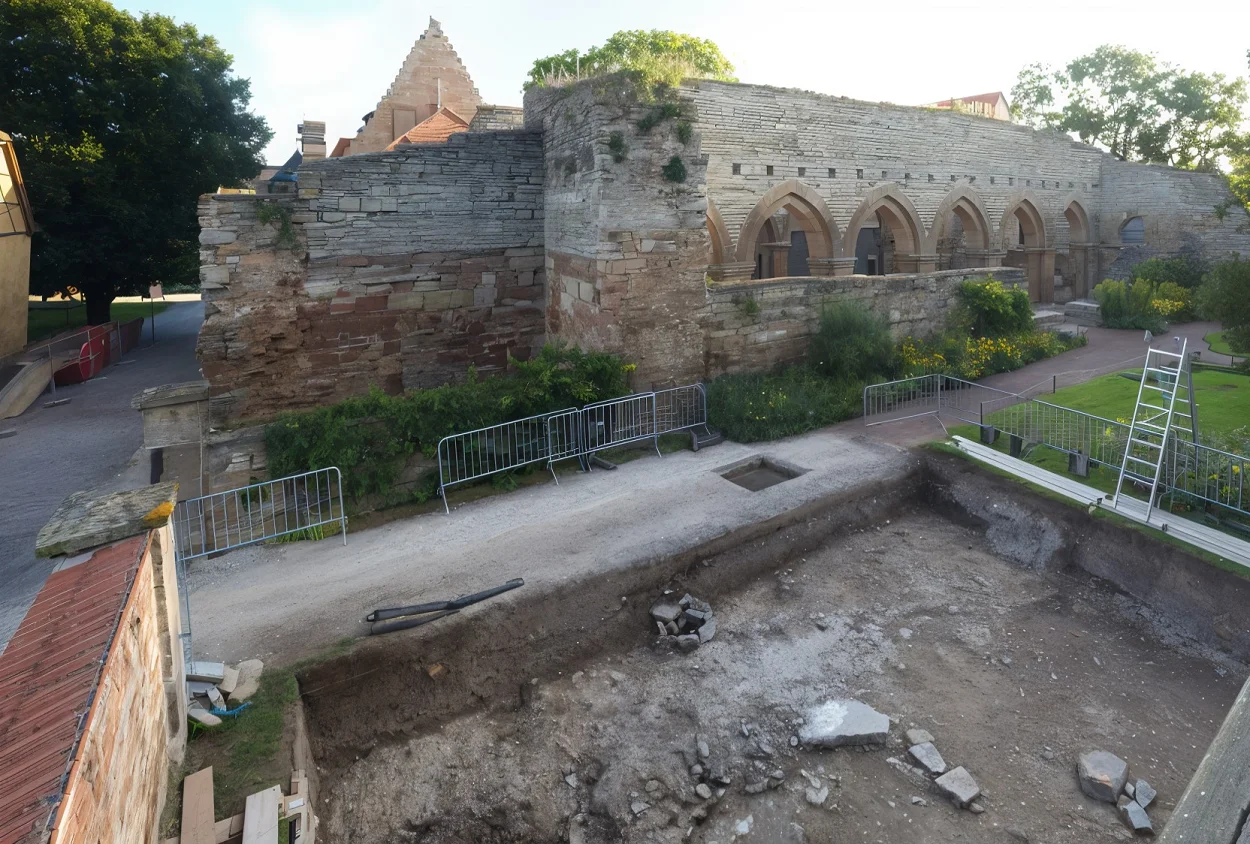Archaeologists have uncovered traces of a church from the 10th century AD in the village of Memleben in Saxony-Anhalt, Germany.
According to a press statement from the State Office for Monument Preservation and Archaeology Saxony-Anhalt, the church is likely the site where Henry the Fowler died in AD 936, and where his son, Otto the Great, was named his successor.
Henry the Fowler, Duke of Saxony, is generally regarded as the founder of the medieval German state of East Francia, and the first ruler in the Ottonian dynasty of kings and emperors.
Henry obtained the epithet “the Fowler”, because he was allegedly fixing his birding nets when messengers arrived to inform him that he was to be king.
His son, Otto I, known as Otto the Great, carried on his father’s mission of unifying all German tribes into a single kingdom and significantly expanded the powers of the monarchy. He placed his family members in control of the kingdom’s most important duchies, brought the clergy under his personal authority, defeated the Magyars, and conquered the Kingdom of Italy.
Since 2017, archaeologists have been excavating the former imperial palace and a Benedictine monastery founded by Otto II in Memleben.
This season’s excavations in the monastery garden have found the remains of a 10th century church, believed to be the church of St Mary, which was demolished and replaced by the 13th century Ottonian Memorial Church.
Although little remains of either church due to small-scale quarrying and an extraction pit dug into the foundations, archaeologists have uncovered the negative impressions of a rectangular building and the substructure for an altar.
“Only systematic archaeological investigations can now prove their existence and thus locate central components of the Memleben Palatinate churches,” said the State Office for Monument Preservation and Archaeology Saxony-Anhalt.
Header Image Credit : State Office for Monument Preservation and Archaeology Saxony-Anhalt
Sources : State Office for Monument Preservation and Archaeology Saxony-Anhalt





